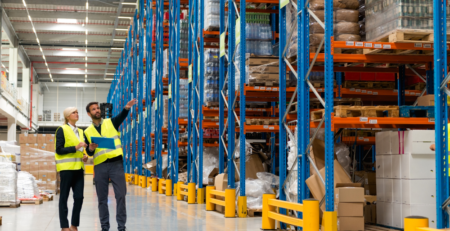How to Choose the Right Plastic Pallets for Construction Materials Transport
As the construction industry continues to grow, so does the demand for reliable and efficient methods for transporting materials to and from the job site. One option that has gained popularity in recent years is the use of plastic pallets. In this article, we will discuss how to choose the right plastic pallets for construction materials transport.
1. Consider the weight and size of the materials being transported
The first factor to consider when choosing plastic pallets for construction materials transport is the weight and size of the materials that will be transported. Plastic pallets come in different load capacities, so it is important to select one that can handle the weight of the materials being transported. Additionally, the size of the pallet should correspond to the size of the materials being transported to ensure a secure fit.
2. Evaluate the conditions of the job site
Construction sites are known for being harsh and unpredictable, which means that the plastic pallets used for transport must be durable enough to withstand them. Consider things like weather conditions, rough terrain, and potential hazards on the job site when selecting plastic pallets. Pallets made from high-density polyethylene (HDPE) and polypropylene are more durable and resistant to damage than those made from low-density polyethylene (LDPE).
3. Look for pallets designed for stacking
Efficient use of space is important on a construction site, which is why stacking pallets is a common practice. When choosing plastic pallets, look for those that are specifically designed for stacking to maximize storage space. Nestable pallets take up less space when not in use, while rackable pallets are ideal for use in pallet racking systems.
FAQs about Choosing Plastic Pallets for Construction Materials Transport
Q: Are plastic pallets more expensive than wood pallets?
A: Plastic pallets are generally more expensive than wood pallets, although the cost difference varies depending on the specific types of pallets being compared. However, the higher cost may be justified because plastic pallets last longer and require less maintenance than wood pallets.
Q: Can plastic pallets be recycled?
A: Yes, plastic pallets can be recycled. Many manufacturers offer recycling programs for their plastic pallets, which can help reduce waste and support sustainable construction practices.
Q: What load capacity should I choose for plastic pallets?
A: The load capacity of plastic pallets varies depending on the specific pallet being used. It is important to select a pallet with a load capacity that is appropriate for the materials being transported. Overloading a pallet can cause damage to the pallet and create safety hazards on the job site.
Q: Do plastic pallets require any special maintenance?
A: Plastic pallets require less maintenance than wood pallets, but they should still be inspected regularly for damage. Any repairs or replacements needed should be done promptly to ensure safe use of the pallets.
Q: Can plastic pallets be customized?
A: Yes, many manufacturers offer customization options for plastic pallets, including color, size, and load capacity. Customization can help ensure that the pallets meet the specific needs of the construction project.
Conclusion
Choosing the right plastic pallets for construction materials transport is essential for efficient and safe operation on the job site. By considering factors like the weight and size of materials, job site conditions, and pallet design, construction professionals can select pallets that meet their needs and contribute to a successful project. Remember to always inspect and maintain pallets regularly to ensure their continued safe use.
#Choose #Plastic #Pallets #Construction #Materials #Transport



Leave a Reply
You must be logged in to post a comment.